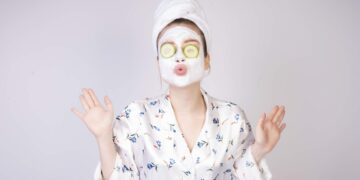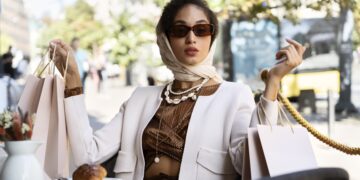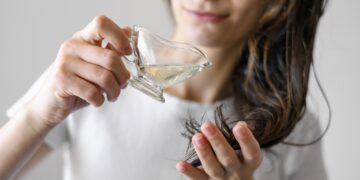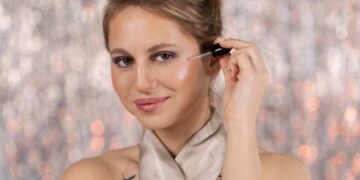The beauty of Moroccan women is the result of a rich tradition of care and rituals passed down from generation to generation. These practices, rooted in Moroccan culture, highlight the use of natural ingredients and ancestral methods to enhance the skin, hair and body.
The transmission of knowledge: a precious heritage
The 7 Moroccan beauty rituals below are much more than just routines; they represent a cultural heritage passed down from mother to daughter. This oral transmission of beauty secrets strengthens family ties and perpetuates ancestral traditions, thus ensuring the preservation of natural and body-friendly practices.
1. The hammam: a purification ritual
The hammam is an institution in Morocco, much more than a simple steam bath. It is a weekly ritual of purification and relaxation. Moroccan women begin by covering themselves with black soap, a natural paste made from black olives and olive oil, known for its exfoliating and moisturizing properties. After letting the soap work, they proceed to a vigorous scrub using a horsehair glove called a “kessa”, thus eliminating dead cells and impurities, leaving the skin soft and revitalized.
2. Rhassoul: purifying clay
Originating from the Atlas Mountains, rhassoul is a volcanic clay that has been used for centuries by Moroccan women. Mixed with water or floral waters, it is applied as a mask to the face, body and hair. Its absorbent properties allow for deep cleansing, removing excess sebum and purifying the skin and scalp, while respecting their natural balance.
3. Argan oil: the liquid gold of Morocco
Extracted from the nuts of the argan tree, a tree endemic to southwestern Morocco, argan oil is renowned for its nourishing, regenerating and anti-aging properties. Rich in vitamin E and essential fatty acids, it is used to moisturize the skin, strengthen hair and fortify nails. Applied to the face, it helps prevent wrinkles and maintain skin elasticity.
4. Floral waters: natural tonics
Rose and orange blossom waters occupy a special place in the beauty routine of Moroccan women. Rose water, obtained by distillation of rose petals, is used as a tonic to refresh, soothe and moisturize the skin. It also helps to tighten pores and prevent signs of aging. Orange blossom water, meanwhile, is appreciated for its softening properties and delicate fragrance, bringing radiance and luminosity to the complexion.
5. Henna: beyond decoration
Although henna is mainly known for its decorative designs applied to hands and feet during celebrations, it is also used as a hair treatment. In addition to naturally coloring hair, henna strengthens the hair fiber, provides volume and shine, and protects against external aggressions.
6. Kohl: for a captivating look
Kohl is a mineral powder used since ancient times to highlight the contour of the eyes. Applied with a stick called a “mirwed”, it intensifies the look while having protective properties against eye infections and external aggressions.
Hiking Trails in the Middle Atlas Mountains
The Middle Atlas Mountains are often overshadowed by the High Atlas or the Rif, yet they hold some of Morocco’s...
From Passion to Profession: Turning Creative Skills into Income
In Morocco, more young people are transforming their creative talents into careers. Whether it’s photography, calligraphy, fashion design, or digital...
Young Moroccans Abroad: Balancing Wanderlust and Roots
For many young Moroccans, the dream of exploring the world is irresistible. Whether through study, work, or travel, living abroad...
Networking for Millennials: How to Build Real Connections in Casablanca and Rabat
In Morocco’s fast-paced urban centers, especially Casablanca and Rabat, networking is essential for millennials seeking growth and opportunities. No longer...
7. Food: a reflection of inner beauty
Beyond external care, Moroccan women place great importance on diet to maintain their beauty. Regular consumption of dried fruits, almonds, honey and mint tea contributes to glowing skin and healthy hair. These foods, rich in antioxidants and essential nutrients, promote general well-being and reflect inner beauty.
Conclusion
By adopting these rituals, Moroccan women celebrate an authentic beauty, in harmony with nature and their culture. These practices, combining simplicity and effectiveness, continue to inspire and seduce beyond the borders of Morocco.
















Discussion about this post